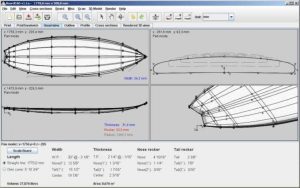An introduction to Brise Soleil and how it works
Brise soleil has a long history. The term means ‘broken sun’ and it is a form of solar shading that uses patterned, angled, vertical, or horizontal blades or louvres that control the amount of sunlight that gets through. An early example can be seen on the Coliseum to protect Roman spectators from the fierce Italian sun and it is a system that continues in use to this day.
How it works
As the sun rises in the east and sets in the west, it will hit a building at different angles throughout the day. Usually, a brise soleil system will allow sunlight in during the morning and evening but block it during the middle of the day when it is at its brightest and hottest. This allows it to avert glare and reduce the risk of overheating.
Depending on the desired design or the local conditions, Brise Soleil can be attached to a part of the building, be built adjacent to it or completely envelop it.
Brise Soleil Today
Brise soleil reached the modern era in the 1930s when Swiss-French designer, architect, and urban planner Le Corbusier used it on multi-storey buildings. As many buildings today make use of glazing to allow in natural light, brise soleil has become essential to avoid those buildings experiencing a greenhouse-type environment.
Brise soleil can be made from many materials including mesh, fabric, self-supporting concrete, steel and modern composites, but aluminium and timber are the most common. Materials can be chosen for different reasons, from durability to aesthetics and sustainability. Take a look at BUILD magazine if you want advice on how to choose the right building material for your project.
The Benefits of Brise Soleil
Brise soleil helps balance natural light with a comfortable temperature which can help promote a more productive environment, avoid illness due to sick building syndrome and reduce sun damage to furniture and fabrics. It is a durable and cost-effective way to regulate temperature that helps conserve energy resources, and the wide selection of materials and finishes results in an aesthetically pleasing design.













Post Comment